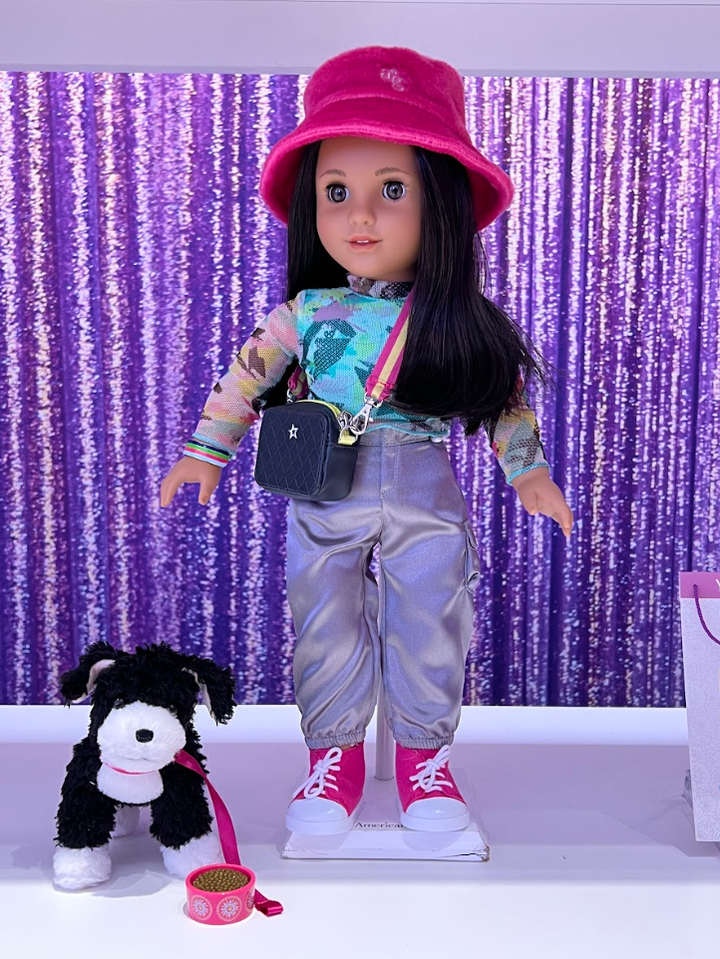
In early January, both of my sisters sent me an Instagram post of a dark-haired, brown-skinned doll named Kavi Sharma, the new “Girl of the Year” from the American Girl company. Not only was Kavi its first South Asian American doll, but her character was from Metuchen, New Jersey, the same 2.84-mile town where we grew up. The coincidence was so uncanny that I thought the post was fake and photoshopped by the Metuchen Facebook group. But after a quick Google search, I was excited to learn that Kavi Sharma was real.
As I read about her character, I was relieved that she wasn’t cast as a nerd, as South Asians so often are. In her pink bucket hat and matching sneakers, printed mesh top and silver joggers, Kavi looked cool and outgoing, maybe even popular. She loved New York City and Broadway shows, and like my younger self, she was a performer who choreographed Bollywood dances with her friends. Her accessories included a fully outfitted dressing room, a songwriting set with a keyboard and drum pad, and a black-and-white dog named Scamper. In addition to her stylish Western clothes, she also had an elaborate Indian lehenga in red, royal blue and glittering gold.
Growing up, I had a best friend with a collection of American Girl dolls, and I remember their old-timey clothes and coordinated books. I knew that they were expensive and therefore valuable, but I never cared for one of my own ― until now.
As I perused Kavi’s outfits and watched her music video on YouTube, I couldn’t help but wish I could teleport myself back in time. Kavi Sharma was exactly the doll I needed ― only 40 years too late.
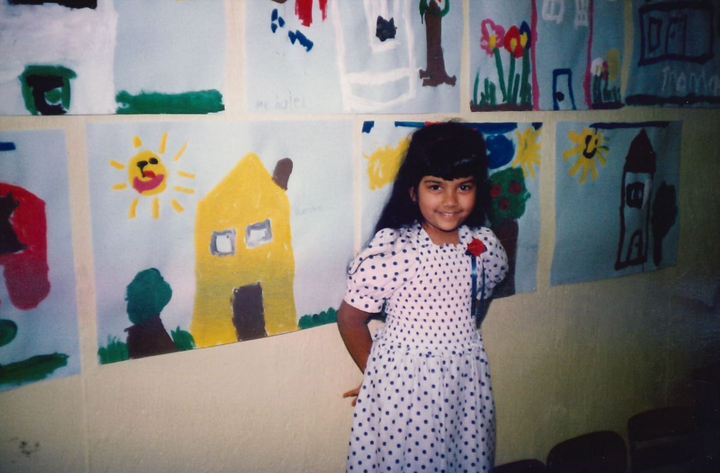
When my family moved to Metuchen in the 1980s, the town was known not for spunky Indian girls, but for its well-ranked public school system, tree-lined Main Street, and train station 45 minutes from Manhattan. Back then, I was just one of two brown-skinned girls in my whole grade. I was short and chubby, and my family was from a South Asian diaspora in Guyana. The other girl was pale, thin and Pakistani. Despite our many differences, the teachers routinely mixed up our names from elementary through high school. I wouldn’t say that I was ostracized specifically because of my race, but it definitely didn’t help my social standing.
While the South Asian population of Metuchen was sparse, the neighbouring town of Edison already had an established “Little India.” Oak Tree Road was a warren of sari shops, restaurants and grocery stores offering an eclectic mix of all things from the motherland: dosas, pani puri, stainless steel tiffins, Bollywood soundtracks, statues of Hindu gods, jhumka earrings and silk saris in every hue.
This enclave was just 15 minutes from where we lived, but it felt like another world. In those narrow, musty stores, my mother asked questions in broken Hindi and bargained with the shopkeepers, much to my embarrassment. It was in one of those stores that my mother found an advertisement for a Bharatanatyam dance teacher who lived five minutes away. Weekly classes led me to a second life immersed in the Indian community, completely separate from my world at school.
By the time I graduated from college and returned to my mother’s house in Metuchen, the demographic had begun to shift. I can still remember my shock as I realized that the entire train car to New York City was packed with Indians, the air clattering with different accents and dialects. Instead of standing out as I had as a child, I was indistinguishable in a crowd of brown faces. The population of Asians in New Jersey reached 1 million in 2021 ― a statistic that no doubt underscored the need for an Indian American doll.
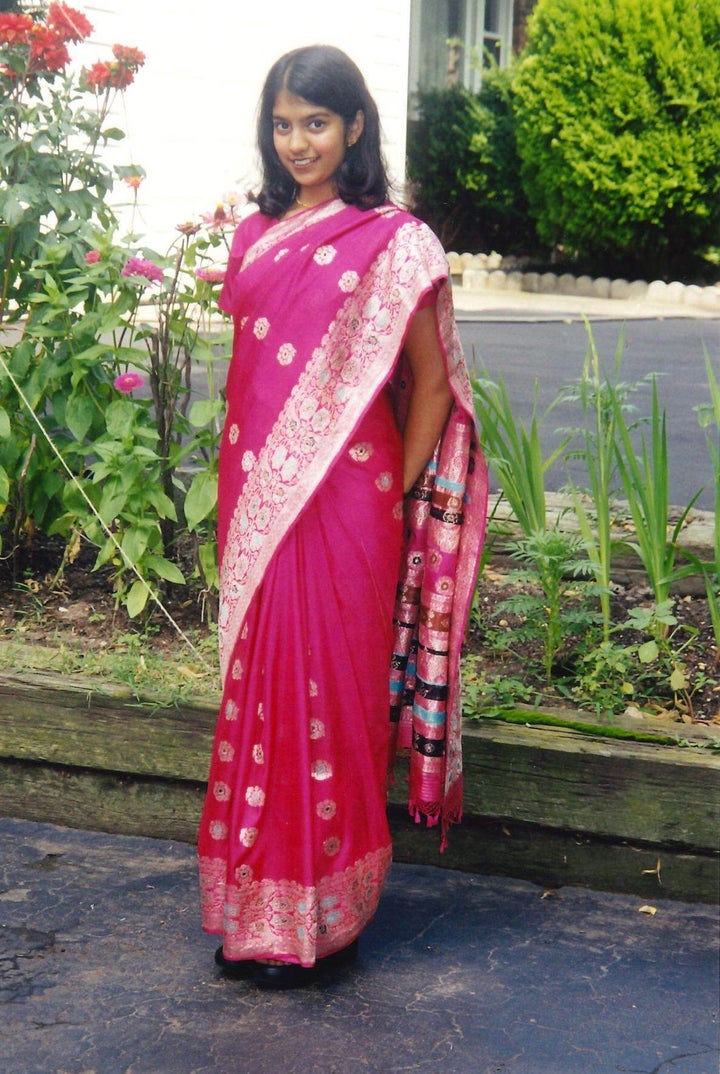
The cynical side of me wanted to poke holes and find fault. A child’s plaything wasn’t going to erase generations of trauma, and at over $100, the price was prohibitive for many. And why did it take so long for a global toy company like Mattel to recognise the importance of my demographic? But even as I tried to be critical, I knew the launch of Kavi Sharma was a shift forward. As I surveyed friends and family, it was clear that we all felt a genuine connection to this doll. We were so hungry for representation, not just for our children, but for our younger selves. The feeling was universal: American Girl had gotten it right.
“I love that there is a doll that I can relate to now,” Bhavika, a childhood friend, shared over email. “We teach our daughters to be proud of their culture and what it represents. But to also show them that our culture is widely accepted and appreciated is a great feeling because when I was younger it didn’t always seem that way.”
Not only is Kavi a signal of affirmation for Indian Americans, but she offers non-Indians a curated taste of South Asian culture. Her character was crafted by a team of advisers, including Arusha, a 12-year-old Indian American girl from New Jersey, and Rina Shah, a choreographer specialising in classical Indian and Bollywood dance. The doll’s storyline was written by New York Times bestselling author Varsha Bajaj, who migrated to the U.S. from Mumbai in the 1980s. In an interview on the American Girl website, Bajaj explains: “One story cannot possibly depict the complexity of India or the Indian diaspora. That said, I took immense delight in showcasing slivers of Indian culture, including dance, yoga traditions, food, clothing, and ... magical festivals like Diwali and Holi.”
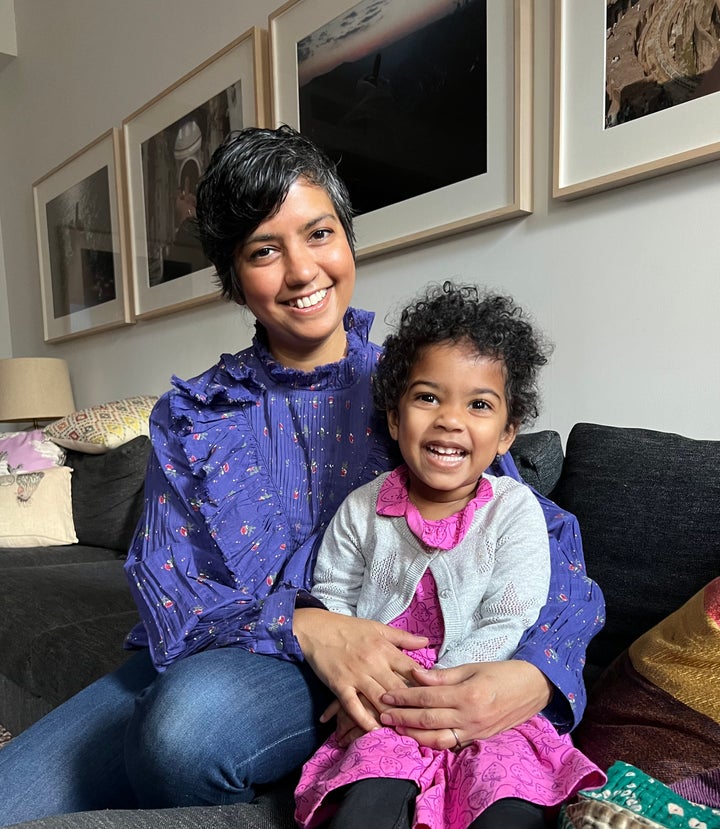
My cousin Prema, a nurse from New Jersey, talked about how Kavi’s connection to both Bollywood and Broadway rang true for her. “I especially loved the part where Kavi’s grandmother takes her to a Broadway show,” she told me. “This is something near and dear to me because my mother took me to see Broadway plays, and I got to see how song and dance are represented in Western society. Growing up watching a lot of Bollywood movies, it was nice to see that musicals were not completely foreign, but could also be American.”
While Kavi isn’t the first or only Indian doll on the market, she represents a hyphenated experience so rarely captured in the mainstream. As first generation Indians and children of the diaspora like myself intermarry and have children with partners from other cultures and races, the nuances of identity become even more complex. In a conversation with my cousin Valini, she shared: “Raising two half Indian girls, I have been careful of the words I use to help them frame their self identification. I love that Kavi is an ‘American girl’ doll and not just representing an Indian girl that an American company made.” As parents with hyphenated identities of our own, we are challenged to find creative ways to impart and integrate Indian culture into our children’s lives.
My own daughter is a mixed-race, curly haired 3-year-old who dances to Bollywood, Bob Marley and Disney hits alike. Technically speaking, she is Guyanese Indian Bahamian American, a four-pronged identity she shares with her older brother, and probably not too many others. While she is curious about South Asian and Caribbean culture, she has so far ignored the two brown-skinned dolls in her collection, preferring the company of her stuffed animals. Growing up in Harlem, she doesn’t suffer from the cultural isolation that I did in New Jersey in the 1980s; she sees people from every part of the world on her subway commute to pre-K. Given the many threads of her heritage, I know she will have different baggage than I did. I’m hoping she won’t have to wait until she’s middle-aged to find affirmation.
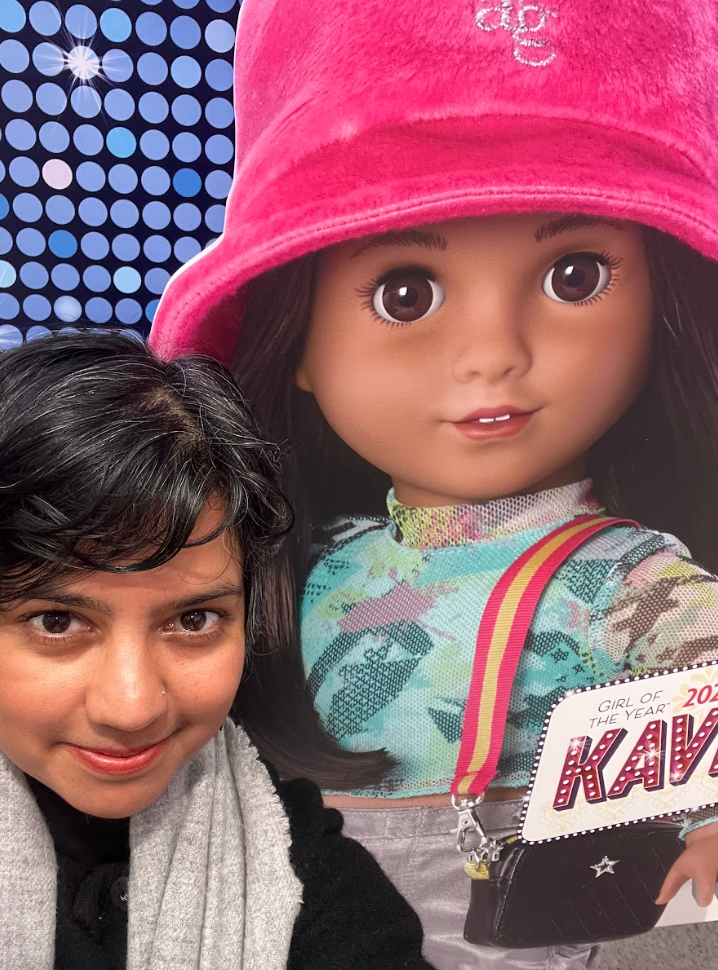
When I pass the American Girl store on Fifth Avenue on my way to dinner, I can’t help but press my nose to the window. Kavi Sharma stands on a table, striking a pose. ”There she is!” I think, as though I’ve spotted a celebrity. I’m too old for dolls, but this one is iconic. She’s not going to solve racism, but she could help. And regardless, she’ll always be the cool Indian American BFF I never had.
Sumitra Mattai is a writer and textile designer based in New York City. She holds a BFA in textile design from the Rhode Island School of Design and an MFA in creative writing from The New School. Her essays on family, food and culture have been published widely. For more information, please visit her website, sumitramattai.com, or find her on Instagram at @sumitramattai.